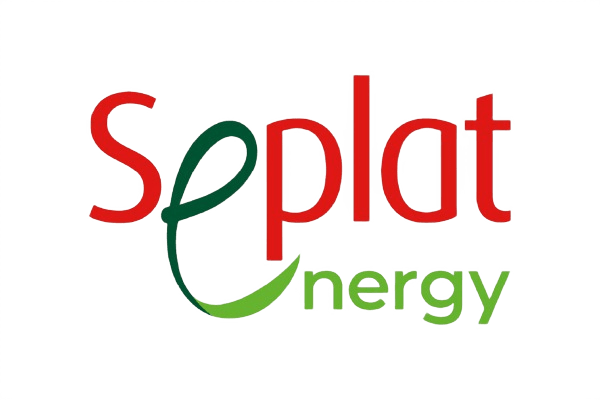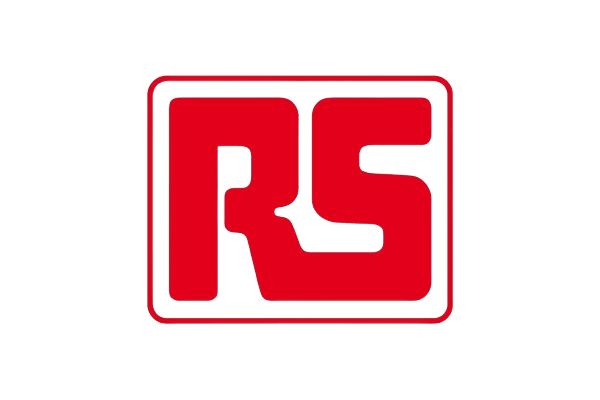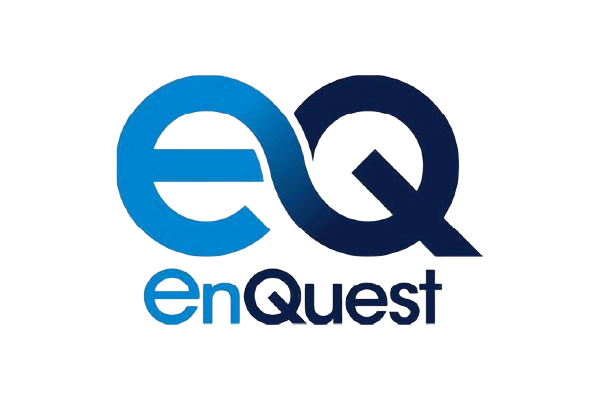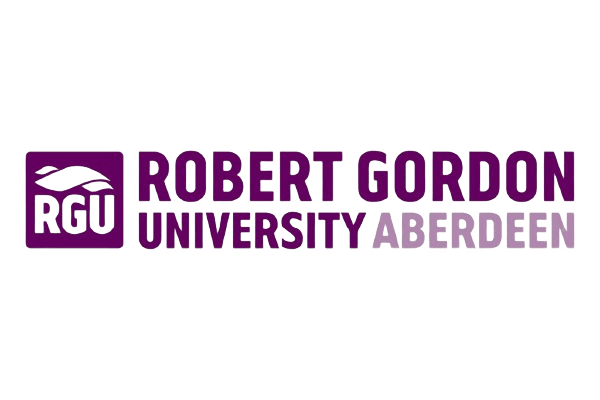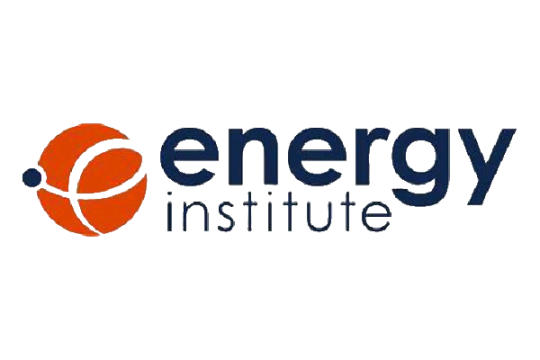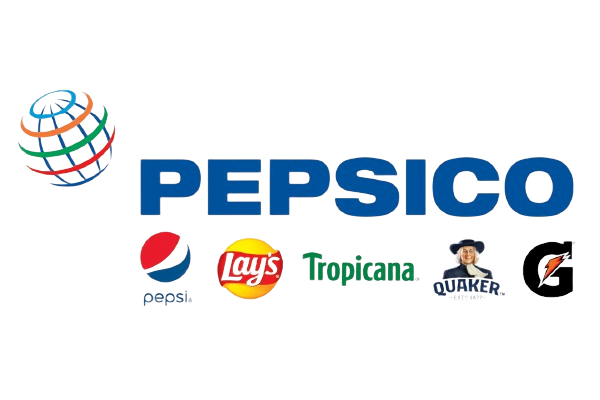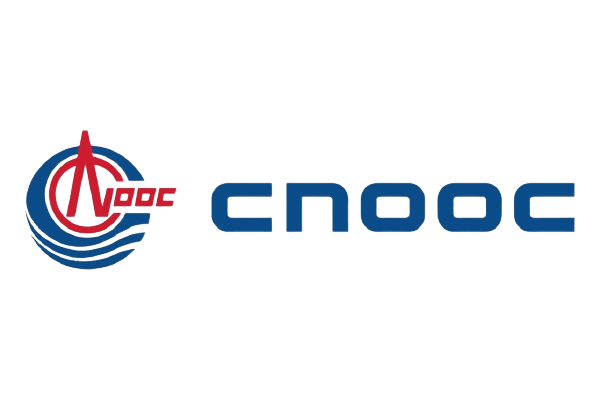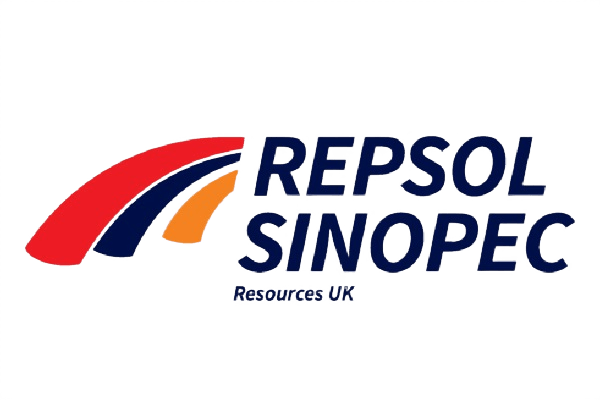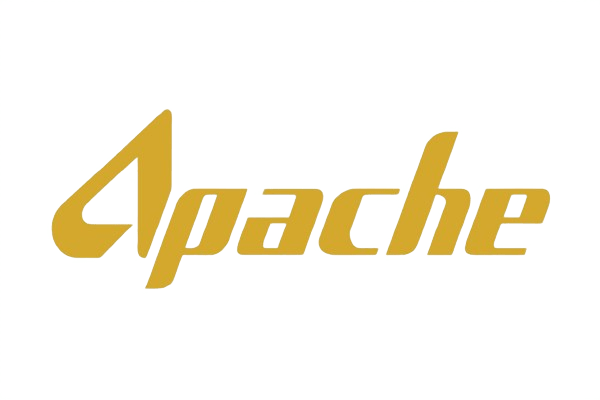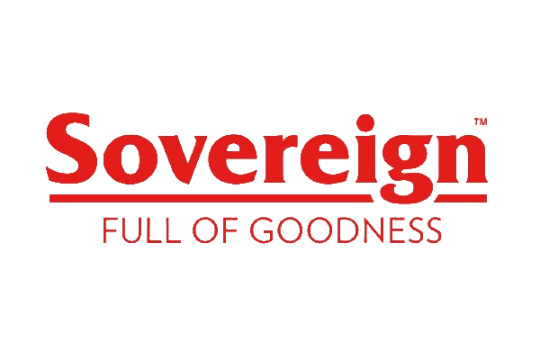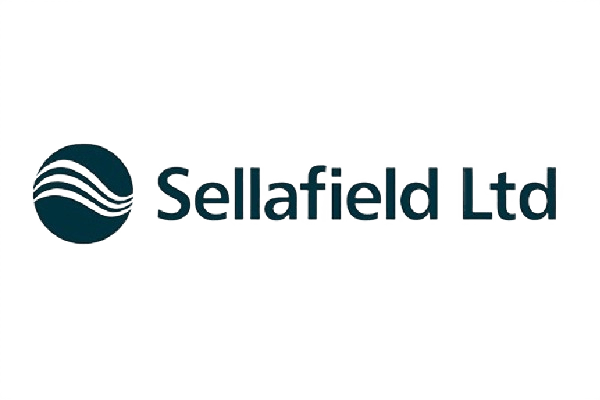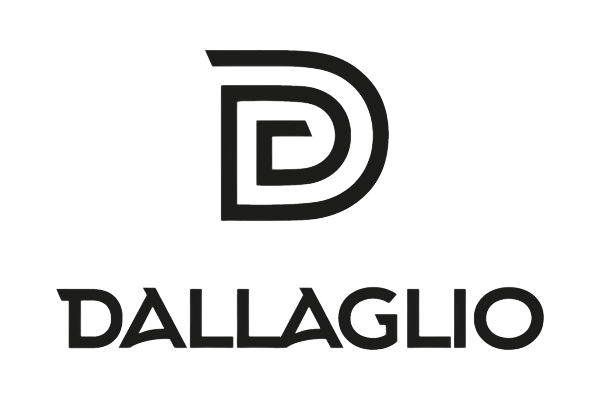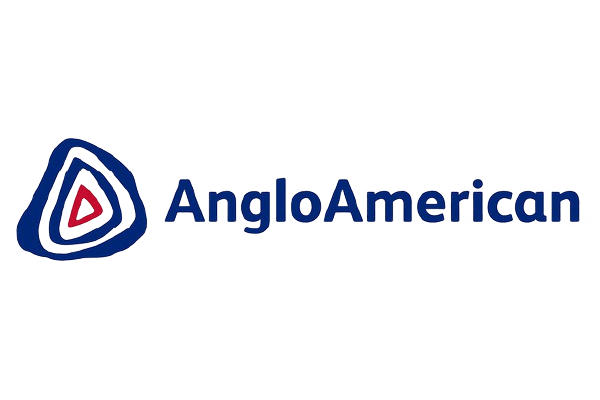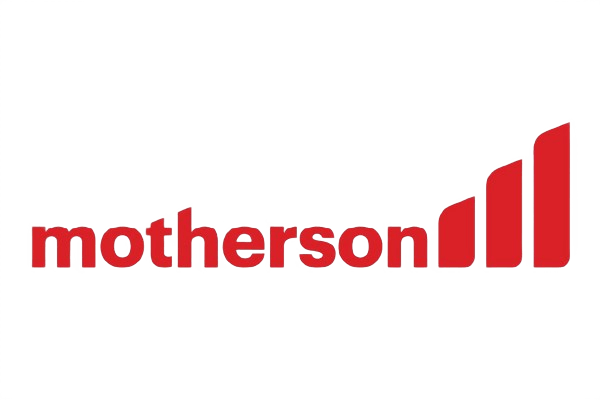Assets are an essential part of corporate success and those involved in the process of asset maintenance and management must be suitably trained and competent. Through our leading asset management training course suite, our training consultants can help you understand Enterprise Asset Management systems and enable you to record, track and manage physical assets efficiently. The courses can be customised to meet your specific needs to ensure the greatest gain and help you improve your operating results through optimisation of your physical asset performance.
Investing in training / Upgrading skills
Investing in training offering provided by Optimal means upgrading the skill set of your company and maximising productivity.
Are you currently engaged in, or aspiring to roles that require risk-based, data-driven physical asset management decision-making? If your business is targeting waste elimination, lifecycle extensions and increased productivity of physical assets, get in touch with us.
We can help:
- Define the fundamentals of a functioning asset management system.
- Assess management policy, strategy and planning.
- Assist in asset lifecycle decision-making.
- Define ISO 55000 for asset management.
- Guide strategy and planning in asset management.
- Identify risks and learn how to mitigate them.
- Introduce reliability engineering principles.
- Understand legal and legislative compliance requirements.
- Analyse how asset management and efficient operations are linked.
- Provide critical maintenance objectives.
For our clients to reap the maximum commercial benefits of our services, we place special emphasis on helping them develop their talent pool’s capabilities. Whether it is a comprehensive overview for the management or a step-by-step guide for daily use or in-depth training, we provide courses at any level of knowledge and any career stage by way of tutorials, documentation and coaching. In addition to these standard programmes, customised training can help team members learn best practices that fit into their workflow – this leads to improved operating results, performance and bottom line.
Top Courses
Maintenance Planner Training Programme brought to you by Tshwane Institute for Continuing Education (TICE) and Optimal is suited for tradespeople, supervisors, engineers and technicians aspiring to explore a career as a Maintenance Planner; and also, for current Maintenance Planners, who wish to earn a formal qualification and / or become fully in control of their roles. The Programme consists of technical and soft skills based units, that will equip you with knowledge and skills to progress your career or improve your current role execution.
- Foundation unit: Introduction to Integrated Asset Management
- Key Maintenance Workflow Elements
- Planning a Simple Maintenance Task
- Planning Techniques for Projects and Shutdowns
- The Importance of Configuration and Documentation Control
- Computerised Maintenance Management Software
- Effective Communication
- Facilitation
- Effective Time Management
- Customer Service
- Leadership
- Problem Solving and Decision-Making
- Negotiation
The Programme has been certified by Tshwane University of Technology (TUT) and carries CPD points awarded by the Southern African Asset Management Association (SAAMA). It will be delivered by TICE in collaboration with Optimal.
WHAT YOU WILL LEARNBy successfully completing this training programme you will gain skills and knowledge necessary for effective Maintenance Planning and learn how to:
- Perform the functions of maintenance planning in full support of the integrated asset and maintenance management system
- Acquire a foundational understanding of Maintenance Work Management in its organizational context
- Facilitate the management (planning, scheduling and coordination) of maintenance work and the execution thereof in a stepwise manner
- Maintain and update master data to uphold maintenance work quality and facilitate easy access to maintenance information
- Determine the scope of work for a maintenance task to allow quality work execution, maximally utilizing required resources
- Identify, prioritize, plan, schedule, execute and close-out maintenance tasks and associated master data to allow quality work execution, maximally utilizing required resources
- Apply the critical path method in planning and scheduling of maintenance projects to be executed within time and budget constraints
- Compile and sequence activities in an activity description list, discuss the importance of documentation control in asset maintenance and management and the different indexing systems used asset maintenance and management
- Identify the elements of good Documentation Control in asset maintenance and management
- Identify and discuss the consequences of poor Documentation Control that are used in asset maintenance and management
- Identify and discuss maintenance task management software applications that are used in physical asset management
- Introduce and apply software applications used for maintenance projects and shutdown management
- Identify and discuss general software applications used in management of maintenance information
KEY BENEFITS
- Gain technical and soft skills required for successful and effective Maintenance Planning and Scheduling
- Gain a formal qualification through a university certified programme
- Flexible learning (online classes) allowing you to continue with your day to day activities
Conventional inspections involve time based intrusive inspection of high value assets, such as pressure vessels, columns, and pipework. This uses valuable resources, equipment and time which might not be required. Risk Based Inspection (RBI) allows your organisation to better plan, manage, and reduce risks and the costs associated with major inspection.
WHAT YOU WILL LEARNOur trainer will cover the key elements of Risk Based Inspection, how it is similar, how it differs from conventional inspections, and the relevant standard which can support you on the maintenance optimisation journey.
We will present worked examples of how to apply RBI, from documentation review and corrosions assessments, to where to focus the inspections. We will also cover what process data and information can be used to support the process.
KEY BENEFITS
- Overview to the main elements of Risk Based Inspection (RBI)
- Review of the international standards used for RBI (DNV RP G101 and API 580)
- How RBI can help you reduce costs and improve safety
- Building upon your existing inspection plans to support increased production
Ensuring your assets are operational, available, and safe is top priority for maintenance, production, integrity, and safety managers. Well maintained equipment uses less energy, allows for the optimum spare parts holding and contributes to the organisations bottom line.
WHAT YOU WILL LEARNThis course has been developed around the 5 pillars of the Society of Maintenance and Reliability Professionals (SMRP);
- Business Management: Maintenance and reliability as it relates to business operations
- Manufacturing Reliability: OEE, TEEP, and other ways to measure improvements
- Organisation & Leadership: ensuring your organisation is structured for success
- Equipment Reliability: P-F curves, failure rates, RCM, condition monitoring and planned maintenance
- Work Management: planning, scheduling, work packs, notifications, and materials management
The Asset Management Executive Brief course endorsed by The Institute of Asset Management and delivered by Optimal provides Executives, Directors and Senior Managers with an introduction to Asset Management. It highlights key aspects of Asset Management in accordance with ISO 55000 including the underlying principles, terminology, and explores the benefits associated with the implementation of a robust Asset Management strategy. Real-world case studies are used to demonstrate the benefits of effective Asset Management on the bottom-line of an organisation.
WHAT YOU WILL LEARNBy the end of this course, delegates will be able to:
- Explain what Asset Management is
- Give examples of why Asset Management is important
- Describe the scope of good practice Asset Management
- Give examples of good practice Asset Management
- Champion stakeholder communication and management
KEY BENEFITS
- Clear direction on how to champion Asset Management within your organisation to gain better visibility on all of its assets
- Roadmap for success and to deliver tangible benefits, including cost savings
- Confidence to engage other parts of your organisation to ensure they are aligned with the elements of asset management


